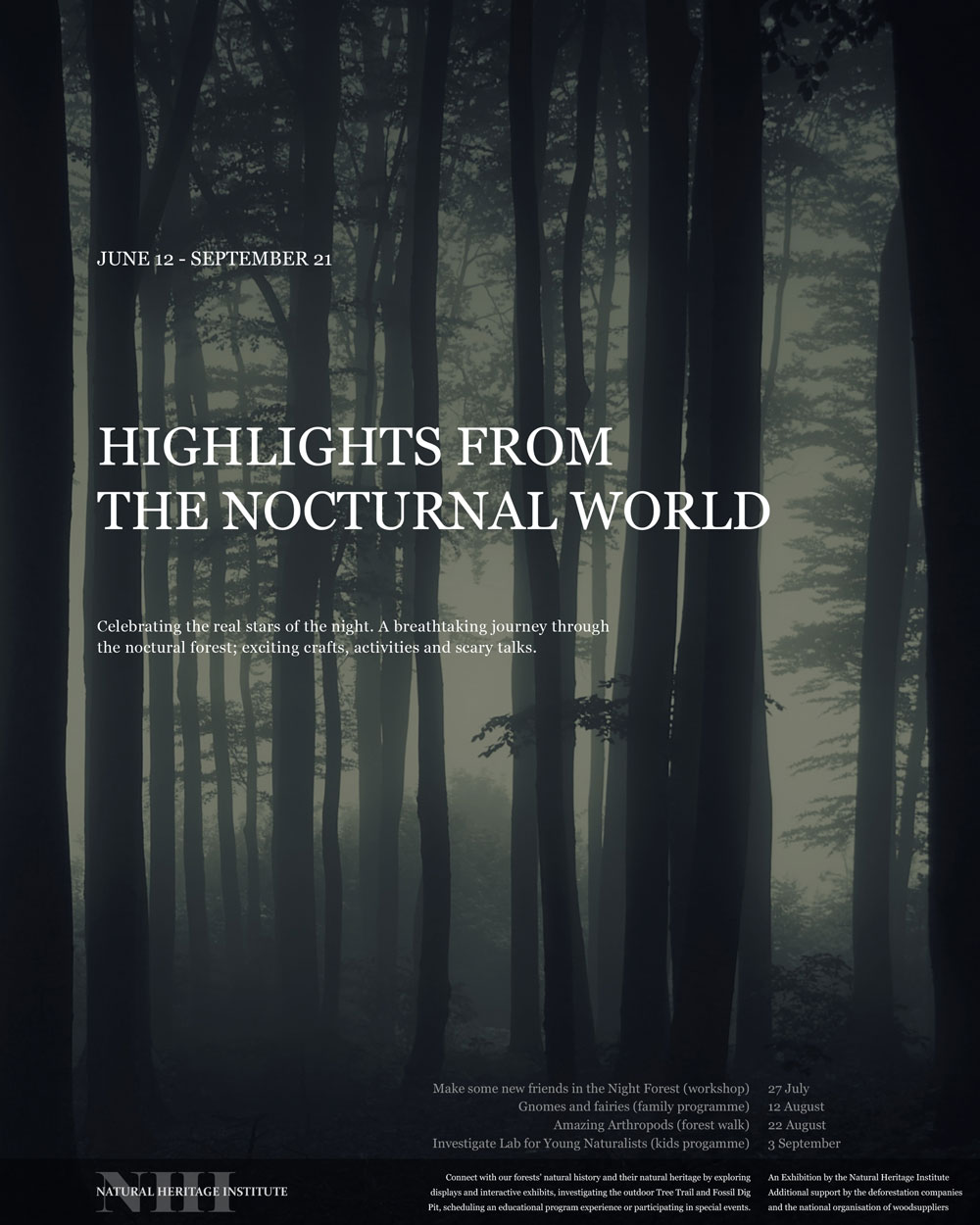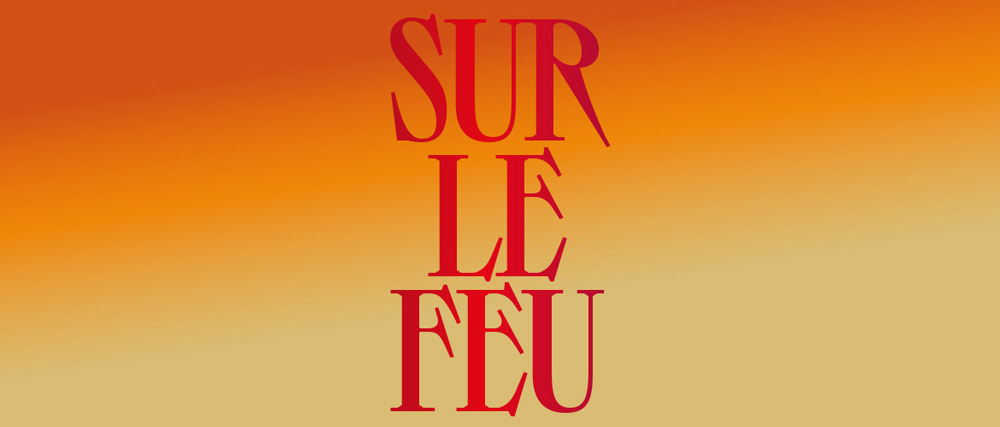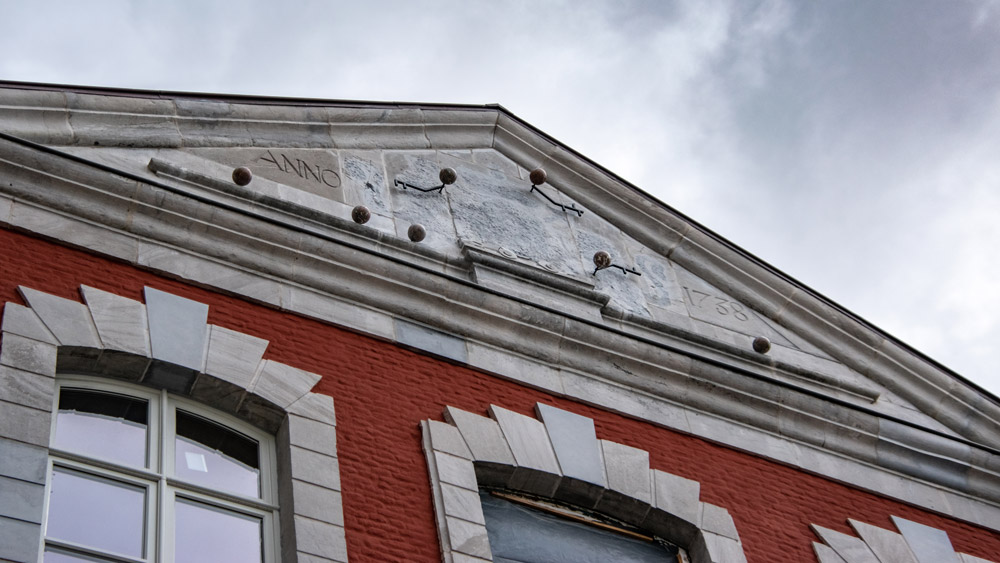
With ‘Rebel Garden’, Musea Brugge is presenting a must-see exhibition that will form part of the Bruges Triennial 2024. This is an extremely timely art exhibition that examines man’s impact on nature and how it affects our environment. Just like the Bruges Triennial, the exhibition will run from 13 April to 1 September 2024. Rebel Garden will break out of the conventional museum walls and will take in no fewer than three museum locations: the Groeninge Museum, the Gruuthuse Museum and the St John’s Hospital Museum. Its central theme of ‘garden’, which symbolises nurturing, creation and resistance, will form the common thread that links the different venues together. Gardens are local barometers that indicate the state of our planet – they form part of our ideal living environment and, at the same time, a place where the effects of ecological change are becoming increasingly visible. They are therefore an ideal starting point when exploring our complex relationship with nature.
Ancient and contemporary art. In particular, this ambitious exhibition will address topical themes such as the effects of global warming, the sixth mass extinction and climate activism, man’s symbiosis with nature and the relationship between the artist and the garden. A selection of artworks from Musea Brugge’s own collection will introduce those themes and engage in a dialogue with some recent works and creations. Works by artists such as Roger Raveel, Emile Claus and Otobong Nkanga from the collection of Musea Brugge will be on display, but you can also expect see prestigious works by over fifty contemporary artists such as Guillaume Bijl, Christine Ödlund, Giuseppe Penone, Rose Wylie and Per Kristian Nygård, whose garden sculpture will be one of the most eye-catching exhibits of Rebel Garden on the Gruuthuse inner courtyard.
Rebel Garden

Preferability, Wesley Meuris’s ninth solo show at the Annie Gentils Gallery presents in the form of narrative abstractions artist’sfascination for cognitive relationships and logic mechanisms that regulate the entropic motion underlining the making and the unmaking of matter. Yet, the new pieces, conceived specifically for the occasion, stand out from previous works precisely by the use of other materials and for the definition of multiple new forms capable of detailing, like moulds, the premises for social dynamics not yet shared. Thus, assembling panels (connection pieces-like) determine relational structures inhabited by antipodes (order and disorder, stable and unstable, wood and loam, data logics and natural laws, high technological tools and human accidental condition) that coexist peacefully with their own discrepancies. Watercolours and wooden panels transcribe possible diagrams, re-proposing, almost like a painting, the linearity of the landscape horizon. And archetypal architectural units suggest alternatives to the ordinary use of known materials.
Neither sculptures nor paintings, neither furniture nor architecture, the new forms of Wesley Meuris awaken the uncanny, the strangeness of everyday life, the impossibility of recognition despite the similarity and connection with the ordinary. No-man’ lands. Preferably spaces where one can feel connected, and settled, where one can reconsider the material and its multiple effects, and limits, where one can embody the interior design that lies behind every form and thus think about the future and further ways of looking at it, because, after all, “yesterday’s tomorrow is not yet today”.
(Pamela Bianchi)

« Il s’agit de créer dans l’espace social plutôt que dans l’atelier ; sur une longue durée et avec d’autres plutôt qu’en son for intérieur ; de façon collective plutôt que démiurgique. » – Estelle Zhong Mengual dans son ouvrage L’art en commun.
L’exposition Quotidien Communs s’intéresse aux liens entre art et société, et présente plusieurs modalités d’exercice d’un art citoyen : les pratiques artistiques participatives ou en contexte social, la commande artistique populaire et les processus de co-création. Depuis les années 90, et le « tournant social » de l’art, les pratiques collaboratives occupent une place de plus en plus importante dans la création contemporaine, à rebours du mythe romantique de l’artiste isolé·e dans son atelier. En s’intéressant particulièrement à l’action Nouveaux commanditaires, qui permet à des groupes de citoyen·nes de passer commande d’une oeuvre à un·e artiste dans un but d’intérêt général, l’exposition présentera de nombreux projets faisant intervenir des artistes au contact de personnes ou de groupes issu·es de la société civile. Un parcours d’oeuvres historiques ou contemporaines, liées au territoire francilien, présentera un panorama parcellaire de ces initiatives.
Quotidien Communs célèbre le collectif, l’engagement civique et l’activisme en réfléchissant aux manières de faire œuvre ensemble, et à ce que l’art peut faire pour la société en tant que discipline rituelle, symbolique, mémorielle, représentationnelle, instituante, etc.
Avec Céline Ahond, Brognon Rollin, Ève Gabriel Chabanon, Gaëlle Choisne, Gabriel Fontana, Pauline Lecerf, Irma Name (Hélène Deléan et Clément Caignart), Mathieu Mercier, Wesley Meuris, Erika Roux et Jessica Stockholder
La Ferme du Buisson

In the continuity of the “Theatre of Exhibitions”, the residents and students of the fourth class of the “Artists & Exhibition Professions” program propose the program-exhibition Sur le feu. Based on works from the collection and pieces by students and contemporary artists, Sur le feu aims to highlight all of the School’s resources in order to share with the public the multiple forms of life and creation that are simmering at the Beaux-Arts de Paris.
How to animate an exhibition? How do you bring it to life? What would it be like to inhabit it? The project unfolds in three principles of thematic actions.
The first lifts the veil on what the Beaux-Arts de Paris are, by making their backstage visible. The second is an invitation to conviviality and living together within the exhibition itself. The third one is a reflection of this collective emulation towards the outside world.
This progressive revelation, going as far as to overflow, makes the bet of a lively and constantly evolving exhibition, where events, projections, workshops and round-table discussions participate in the subject as much as the works presented.
Resolutely prospective, the exhibition goes beyond the simple visit and transports visitors into the experience of interaction and activation.
From week to week – from low fire to high fire – the intensity crescendos, the exhibition comes alive, reveals its secrets and surprises and invites the public to fuel its fire. Here, works of art welcome you for a siesta; there, you are expected to join us for a big buffet. Visitors will be able to contribute to numerous workshops: sewing, making fanzines, tracing and reproducing works from the collection, repairing, manicuring… or simply come and listen to a concert or follow a round table. Everyone will also be able to become a curator of exhibitions to be developed on site from the database of the collections, thanks to an interactive and immersive device proposed by EBB and Neïl Beloufa.
The heritage works will offer shifted perspectives on the history of the Beaux-Arts de Paris. The invited artists – established artists or students – will propose works that, worn, produced on site or tasted, will multiply throughout the exhibition. The Beaux-Arts de Paris thus becomes a living museum in which visitors and artists are invited to co-create.
Curator
Antariksa, Andréanne Béguin, Chang Qu (curators in residence)
Mélanie Bouteloup and Armelle Pradalier (co-directors of the “Artists & Exhibition Professions” program)
Juliette Barthe, Ugo Casubolo Ferro, Bruna Luiza Costa Pessoa, Assia Cuche Barkat, Darya Danilovich, Louise Feneyrou-Py, Camille Florance, Enzo Meglio, Baptiste Meillier, Camille Paillou, Melissa Vazquez, Bruna Vettori, Lucie Wahl (students in the “Artists & Exhibition Professions” program)
Among the artists and participants
AIMS Program, Ilaria Andreotti, Gilad Ashery, Ece Bal & Leïla Vilmouth, Hans Baldung, Ors Batmaz, Neïl Beloufa & EBB, Yassine Ben Abdallah, Margot Bernard, Sacha Boccara, Rose Bourdon, Brieuc Bouwens, Thomas Buswell, Café Héloïse, Sila Candansayar, La Caverne, Doreen Chan, Gaëlle Choisne, Pauline Conforti ), Clément Courgeon, Jean-Baptiste Deshays, Vincent van der Donk, Maria Eichhorn, Extra Lucide (Emile Degorce-Dumas and Hélène Garcia), Andreas Février, Les Francas, Olivia Funès Lastra, Anna Giner, La Glaneuse, association Heart Street, Ninon Hivert, Huynh workshop, Ingela Ihrman, Ana Jotta, Djiby Kebe, Konstantin Kyriakopolous and Chloé Royer, Maxime Laguerre and Lili Levy-Lajeunesse, Louis Lanne, Charles-Jacques Lebel, Franck Leibovici and Yaël Kreplak, Nicolas-Bernard Lépici, Julie Le Toquin, Sofia Magdits, Iman Malik, Karel van Mander, Chef Marouane, Wesley Meuris, Gabriel Moraes Aquino, Neeve Moule Drige, Eadweard Muybridge, Kiek Nieuwint, Elia Nurvista, Joachim Olender, Clara Paillette, Papier Saint Germain Lyz Parayzo, Amol Patil, Mathis Perron, Hatice Pinarbasi, Jonathan Pouthier, atelier Prévieux, Loïc Rouillé, Sofia Salazar, Lana Salvatori, Eva Gabrielle Sarfati, Isadora Soares Belletti, Fanny Taillandier, Qingmei Yao and many others…
Palais des Beaux-Arts

The Seduction of the Bureaucrat is a project that sheds light on an unlikely relationship: that between art and bureaucracy. Creativity is not usually consistent with forms, procedures and protocols. The artist and the civil servant or manager, they are far apart, each in their own biotope: the studio and the office. Yet they can hardly do without each other. Every professional artist is busy with administration, and the cultural sector also benefits from sound, incisive policies. Curator Pieter Vermeulen invites about 20 visual artists to ask how they look at bureaucracy and how they deal with it in their work. Does bureaucracy constrain creativity, or does mastery only show itself in limitation? Do Kafkaesque situations still occur in shadowy back rooms and dusty archives, or does today’s office space look different? What is the impact of technology? What does Bartleby’s “I would prefer not to” still mean in a current work ethic of quiet quitting, bore- and burnout? Is creativity still relevant in a country where even accounting is creative? And is it up to the artist to woo the bureaucrat, or to resist the temptation of bureaucracy himself? The title of the exhibition is an allusion to a 1983 essay by artist AA Bronson, who describes the emergence of artists’ initiatives in Canada as “the humiliation of the bureaucrat.” Some 30 years later, however, he publishes another essay in which he expresses his disappointment with the institutionalization of these same initiatives and with the artists involved who have in turn become bureaucrats themselves. How do we reconcile institutional routine with charisma, and what role can artists play in this? In what ways do we make more space for contemporary art, and how to increase public engagement? These are just some of the questions that will guide a series of public conversations throughout the month of May.

Following the recent restoration and beautification works at City Hall, a subtle but enriching artistic intervention was made by Wesley Meuris. The work is entitled TRACES of HISTORIES. Traces of Histories appeals to the imagined ‘history’, be it by referring to its physical absence, narrative void or uprooted historical narrative. The design does not seek to be a replacement or contemporary replica of the original, nor does it intend to constitute an abstraction or conceptualisation of what the coat of arms stands for. Rather, this work encourages reflection on heritage and its presence or absence in public space.
Tongeren





